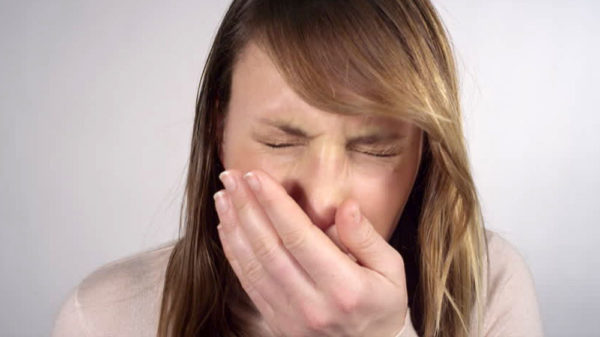It’s estimated that over 20% of people in the UK suffer from an allergy – and that number is rising all the time.
Many of these allergies are airborne, which can make relieving symptoms difficult. In this article, we’ll discuss the most common triggers for an airborne allergy, before taking a look at how to relieve them.
What are the Most Common Causes of Airborne Allergies?
Before you can get relief from an airborne allergy, you need to know what’s causing it. Here are five of the most common triggers:
- Dust – An allergy to dust, or more accurately an allergy to dust mites, can be a frustrating problem. This type of allergy causes year-round symptoms including sneezing, a stuffy nose and even a rash.
- Pet Dander – The skin cells of pets carry certain proteins which can cause an allergic reaction. This type of allergy is most noticeable when near your pet, but a reaction can be triggered by dander on upholstery, bedding or carpets. Pet allergies can also be triggered by saliva, which is why a dog licking you may cause a rash.
- Pollen – One of the most common causes of an airborne allergy is pollen. This is a seasonal allergy which makes it easier to diagnose.
- Mould – Mould looks unsightly in the home, but it can also cause allergic reactions. As spores are released, they can trigger symptoms such as coughing, red and itchy eyes, and sneezing.
- Cockroaches – A less common cause of an airborne allergy is cockroaches. Like dust mites, the faeces, dead body parts and saliva of a cockroach can trigger an allergic.
How to Get Relief from Airborne Allergies
Continuously dealing with a blocked nose, coughing, red eyes and other allergy symptoms can be frustrating – especially as you can often feel powerless to stop them. Fortunately, there are some simple steps you can take to relieve allergies.
- Medication – Before you do anything else, visit your GP to talk about your allergies. He or she may recommend medication to reduce symptoms and improve your quality of life. Both over-the-counter and prescription medications for allergies can be highly effective, so don’t ignore this step.
- Allergen-Proof Bedding – Dust mites thrive in bedding, which is why allergy symptoms are often worse at night. A great way to prevent this is to use allergy-proof bedding. This stops allergens from escaping and can relieve symptoms.
- Dehumidifiers – Both dust mites and mould thrive in warm and humid conditions. If you suffer from either of these allergies, a dehumidifier can help limit allergens and improve your symptoms. Aim for a relative humidity of 50% or less, as dust mites struggle to survive below this level.
- Effective Vacuum Filtration – Vacuuming is essential for relieving airborne allergies, as it removes allergens in carpets and furniture. The problem is that many vacuums don’t have effective filters. This means many of the allergens escape back into the room via the exhaust air. If you’re buying an upright vacuum, look for one with a HEPA filter and a bagged design. For cordless vacuums, a Dyson with cyclonic filtration can do a decent job, but make sure you get someone else to empty it.
- Remove Carpets – Carpets trap dust mites, pet dander and other allergens, which are then released over time. This causes continuous allergy symptoms. Ideally, you should remove all carpets in your home – but this isn’t always possible. Replacing carpets in your bedroom with hard floors can provide a better night’s sleep though.
- Air Purifiers – An air purifier can catch allergens floating in the air before they trigger a reaction. The best models come with HEPA filters to remove tiny particles that other filters miss.
Summary
Airborne allergies can cause a range of unpleasant symptoms – but there are plenty of things you can do to relieve them. By minimising your exposure to allergens, improving your home’s air hygiene and taking medication if required, your symptoms can be greatly reduced.

